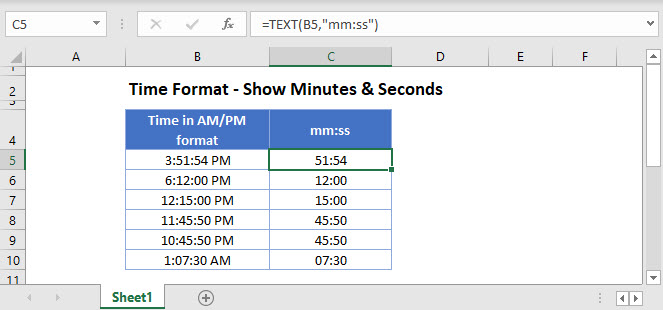

Milli denotes a factor of one thousandth (1/1000th) which means that there are 1,000 milliseconds in a second. VIDEO ANSWER: Were asked to write a program that converts days to seconds so we take the number of days, input and convert them to seconds and output the result. The prefix milli is derived from the Latin mille meaning one thousand and is symbolized as m. Here is a small example sketch to show millis() since last reset in hh:mm:ss format. The base unit for a millisecond is second and the prefix is milli. You don't need any library to do simple date and time calculations. These are very old Libraries and my searches have been fruitless for a substitute.Ĭan anyone give me a direction to go so I can use a newer Library or any other suggestions. The formula to convert from microseconds to minutes is: minutes microseconds 60,000,000 Conversion Example Next, let's look at an example showing the work and calculations that are involved in converting from microseconds to minutes (s to min). I've downloaded DateTime but I cannot find the Wiring Library anywhere. I was lead to the DateTime Library which requires the Wiring Library. You can enter the number of milliseconds and press the Convert button to find out how many minutes are in the given number of milliseconds. The format string we need is "YYYY-MM-DDTHH:mm:ss:sss", where "T" is a literal character that separates the date and time.I am trying to convert millis to HRS:MINS:SECS as in 01:12:34. This function takes a format string and a pointer to a time structure, and returns a string that represents the time according to the format string.

We can use the standard library function "strftime" to format the date string. Struct tm* timeinfo = gmtime(&target_time) Time_t target_time = current_time - seconds We can use the "time" function to get the current time in seconds, and subtract the number of seconds we calculated in step 1 to get the time structure for the given milliseconds. This function takes a pointer to a time_t object, which is a type that represents the number of seconds since January 1, 1970. We can use the standard library function "gmtime" to convert the seconds to a time structure. This factor is calculated using the respective. Step 2: Convert seconds to a time structure Convert Milliseconds to Minutes Enter the number of milliseconds to convert into minutes. In case you are wondering, to convert from milliseconds to minutes you need to multiply by 0.00001667. Convert Milliseconds to Time Format in Excel. 2 Quick Ways to Convert Milliseconds to Seconds in Excel. 1 minute (60 seconds / 0.001 seconds) milliseconds. In this article, I will show you 2 quick ways to convert milliseconds to seconds in Excel. One millisecond is equal to 1 × 10-3 to unit of time second. Note: To use the methods, we must import the package.

One minute is equal to 6 × 101 to unit of time second. Conversely, 1 minutes (min) is equal to 60000 milliseconds (ms). How Many Milliseconds in a Minutes There are 60000 milliseconds in a minute. We will use the integer division operator "//" to get the quotient. 1 milliseconds (ms) is equal to 1.666667×10-5 minutes (min). To convert milliseconds to seconds, we can simply divide the milliseconds by 1000.


 0 kommentar(er)
0 kommentar(er)
